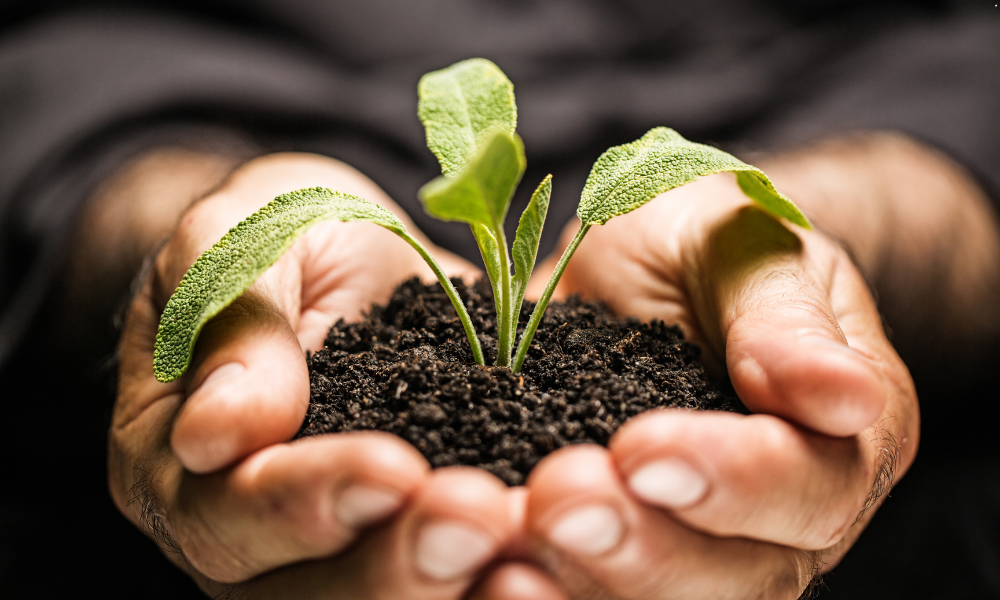When building habits, the focus often extends beyond a single action to include a series of supporting habits. For example, eating healthy involves planning meals, grocery shopping, prepping ingredients, and cleaning up. The easiest way to make these habits stick is to prime your environment for habits.
This strategy, known as priming the environment for habits, involves organizing your space in advance to make future habits effortless.
Examples of priming your environment:
- Meditation: Create a quiet, comfortable space with a cushion or chair ready for practice.
- Reading: Set up a cozy reading nook with books and pillows.
- Painting: Arrange your easel, paints, and brushes for easy access.
- Better Sleep: Remove distractions like phones from your bedroom and replace them with calming items like a white noise machine or books.
By preparing your environment to match your goals, you reduce resistance and make habits easier to perform consistently. When your space is designed for its purpose, taking action becomes the path of least resistance.
Priming your environment means setting things up in advance so that the right choice is the obvious one. For example, if you want to start journaling, keep your notebook open on your desk. If your goal is to eat healthier, stock your fridge with pre-cut veggies and remove junk food from sight.
Weekly Progress Check-In
By the end of this Week,, you should have:
- A two-minute habit that aligns with your goals.
- A clear plan for where and when to practice this habit.
- Small changes in your environment that make it easier to stick to your habit daily.
These small changes support habit formation without requiring extra effort. The more cues you build in, the more automatic your habits feel. Priming your environment doesn’t take long, but it has a lasting impact—making it one of the easiest ways to support consistent behavior change.
With these steps in place, you’re well on your way to priming your environment for habits and building lasting habits.




Leave a Reply